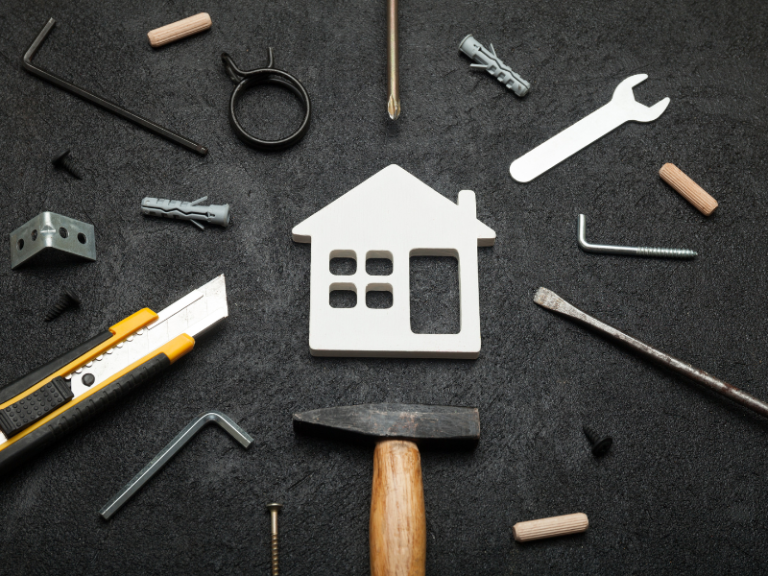Flat Rate Pricing Strategy for Contractors: Is It the Right Move?
More contractors are moving toward flat rate pricing, and for good reason. With up to 80% of construction contracts now using this model, it’s clear that both contractors and clients see the benefits. Flat fee pricing simplifies billing, eliminates the hassle of tracking labor and materials, and provides clients with clear, upfront costs.
But while this pricing model can improve profits and efficiency, it’s not without its risks. If costs are underestimated or project scope isn’t well-defined, contractors can face financial losses or disputes. The key to success is accurate cost estimation, strategic pricing, and clear contracts to protect both parties.
Here’s the gist of what to know about using flat rate pricing effectively:
- With it, techs no longer need to track every labor hour or material cost
- Clients appreciate knowing the total price upfront without surprises
- Profits often increase when projects are completed efficiently
- Maintaining clear contracts and accurate estimates are critical to avoiding losses
Why Are HVAC and Home Service Contractors Moving to Flat Rate Pricing?
Flat fee pricing is becoming the standard because it simplifies billing and makes costs more predictable. You see, instead of tracking every hour worked and every part used, contractors set a fixed price for the entire job. (For homeowners, this can be a major selling point. They don’t want to worry about labor hours or line-item charges. They just want to know what the job will cost.)
For HVAC and home service contractors, this model works best when they can accurately estimate job costs and complete work efficiently. Those who master it can increase profitability without sacrificing quality, as long as they price correctly.
How Flat Rate Pricing Increases Contractor Profits
Flat fee pricing allows contractors to earn more by optimizing efficiency. If a job is completed ahead of schedule or with fewer materials than expected, the contractor keeps the difference rather than passing savings to the customer.
Some key benefits to consider with flat rate pricing:
- Predictable cash flow since payments are set upfront
- Stronger profit margins when jobs are estimated accurately
- Improved customer trust with clear, no-surprise pricing
However, to fully benefit, contractors must have strong cost estimation skills and a clear understanding of what each job entails.
What Are the Risks of Flat Fee Pricing?
While flat fee pricing has major advantages, it also comes with risks. One of the biggest challenges is underestimating costs! If unexpected expenses arise or the job takes longer than planned, contractors absorb the loss instead of passing it on to the client.
Other common risks include:
- Scope creep when customers expect extra work without extra pay
- Customers pushing for price reductions during negotiations
- Limited flexibility if changes occur mid-project
To minimize these risks, contractors need detailed contracts, accurate pricing models, and a strong plan for handling unexpected costs. All of which our team of consultants help you implement and stick to.
How to Accurately Estimate Costs for Flat Rate Projects
Successful flat fee pricing starts with accurate cost estimation. Without it, home service contractors risk taking on jobs that don’t pay enough to cover labor, materials, and (importantly) profit.
We find that the best way to price a flat rate job involves:
- Reviewing past job data to understand typical costs and timelines
- Factoring in a profit margin that accounts for unexpected costs
- Using digital tools for estimating, budgeting, and contract management
By leveraging historical data and digital cost estimation tools, contractors can set competitive prices that maximize profits while ensuring fair pricing for customers.
How to Protect Against Scope Creep and Pricing Disputes
One of the biggest risks with flat fee pricing is scope creep, when customers expect extra work without paying more. The best way to avoid this is with detailed contracts and clear job terms.
A solid contract should include:
- A well-defined job scope, listing exactly what is included in the price
- A change order process, outlining how extra work will be priced
- Clear payment terms to ensure predictable cash flow
By setting these expectations upfront, you reduce disputes and ensure the business doesn’t lose money on hard-earned jobs! We’ll periodically review contracts with you and help find avenues to protect your trades company from all angles.
Is Flat Rate Pricing Right for Your HVAC Business?
Honestly, flat fee pricing works best for contractors who have experience in the field and can confidently predict job costs. Those who price accurately, control scope, and manage projects efficiently can see higher profits and stronger customer relationships.
If you’re considering switching to flat fee pricing, start with strong cost estimation methods and ensure your contracts protect you from potential losses. When done right, flat pricing is a powerful tool for increasing profitability and streamlining operations.

Join the Pack and Strengthen Your Pricing Strategy
Flat fee pricing is the future for many home service contractors, offering simplified billing, better customer relationships, and more profit potential. But to succeed, you need to price your jobs right, protect yourself from project scope creep, and make sure your contracts are airtight.
At Gray Wolf Strategies, we help HVAC and home service businesses fine-tune their pricing strategies for maximum success. If you’re ready to run with the pack and start pricing smarter, schedule a call today.








